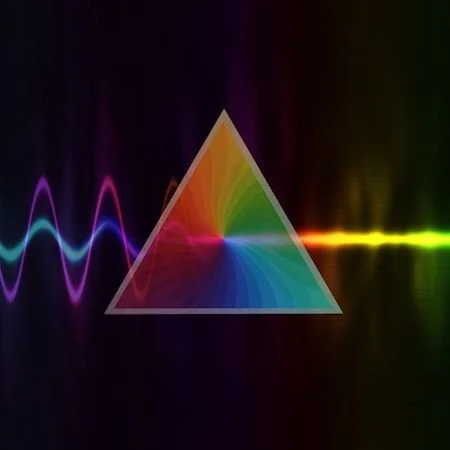The Nonlinear Crystal Experts Blog
Scholarly articles authored by scientific and engineering experts focused on laser reliability, performance, laser-induced-damage-threshold (LIDT), and deep UV applications in fields such as aerospace and quantum technologies brought to your inbox by the technical team and experts at GAMDAN Optics, Inc.
Types of OPO’s
OPOs can use a wide range of laser pump beams. The pump lasers can be continuous or pulsed. Pulsed pump lasers might have almost any pulse length, ranging from Q-switched lasers to mode-locked lasers. The OPO will generally produce output with a temporal profile similar to the pump laser. CW pumps drive CW OPOs; pulsed pumps drive pulsed OPOs.
OPO Process and How They Work
An Optical Parametric Oscillator (OPO) is a light source, and a feature of optical parametric oscillators is wavelength flexibility. OPOs can deliver wavelengths that may be difficult or impossible to achieve with lasers. Not only can an OPO be built to work at a specified wavelength, but also many OPOs can be tuned--the user can scan the wavelength. In a laser, stimulated emission from an energized laser medium amplifies light. The laser medium is usually energized by a separate electrical or optical power source. An OPO is different…
Walkoff Problems and Compensation
Walkoff is different in different situations and with different materials. Second harmonic generation (SHG) and third harmonic generation (THG) can be accomplished in LBO and with other materials. For example, we could use one LBO SHG crystal and one LBO THG crystal. If we have beams with high peak powers then we can use short crystals. However to boost the efficiency of the THG process, we often want to make the crystals much longer. Read on for more about walkoff problems and compensation.
Introduction to Walkoff
Suppose we send two beams of light, each with a different unique color, through a transparent crystal. The light in each beam can also have different polarizations. Furthermore, suppose that these two beams are incident upon the crystal at the same location and going in the exact same direction. Once in the crystal, will they continue to go in the same direction—equivalently, are they still angularly aligned? In this article, we will take a closer look into dispersion and walkoff and why it matters.
GAMDAN Optics, Inc. LBO Applications
GAMDAN’s proprietary UV-grade superpolishing process (having achieved record setting Laser Induced Damage Threshold (LIDT)), and high LIDT coatings enable you to get the most out of your laser design, whether you generate doubled or tripled frequency light.
Interferometry
An interferometer is a device to make precise measurements using light. Modern interferometers often use laser light because the light is generally a discrete wavelength and the light beam can readily be collimated or expanded. The name is derived from utilizing the characteristic property of the wave-like nature of light to combine a light beam with another, or often with itself, to cause subtraction or addition to the intensity at a point (interference) measured (metered) by the instrument.
Laser Induced Damage
In the most general terms, laser induced damage is any undesirable degradation of the coating, surface, or bulk material which causes a loss of function, generally to an optical element, and results from exposure to a laser beam. Laser damage, on the other hand, is what happens when you drop your laser or leave it out in the rain. But "laser damage" is often verbal shorthand for laser induced damage. We will stick with the more precise term here.
GAMDAN Optics β-BBO
Beta Barium Borate is an exceptional nonlinear crystal. Its chemical formula is BaB₂O₄. BBO is a negative uniaxial crystal, which is capable of phase matching for second-order photonic interactions over almost its entire transparency range (from the UV, 185 nm to the Near Infrared, 3.5 µm).









